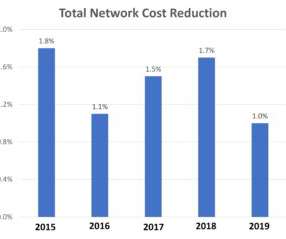A True Supply Chain Transformation Requires the Proper Talent
Logistics Viewpoints
MARCH 8, 2021
For example, go to the Walmart, turn right, and it is the third house on the left. LLamasoft bought LogicNet in 2015 and Belcorp upgraded to the LLamasoft Supply Chain Guru solution shortly thereafter. Using network design solutions, the company saved millions of dollars based on better decisions on how to utilize their network.














Let's personalize your content